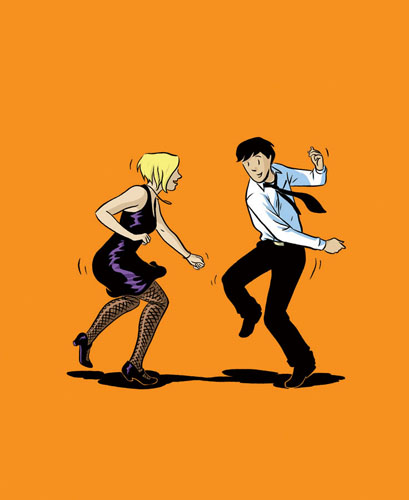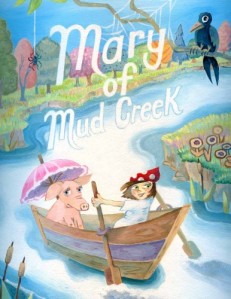Birds Art Life takes readers to city parks, harbours, and trails as Maclear seeks joy and solace through birding following a period in which her father's failing health consumes her. Though it is deeply appreciative of our feathery friends, Birds Art Life is hardly a manual for want-to-be birders. Rather, it's a contemplative journey exploring the ways in which the natural world can shape or influence our lives and art, yet at the same time, allowing us to escape them.
"For me, birding and writing did not — and do not — feel interchangeable. Birding was the opposite of writing, a welcome and necessary flight from the awkward daily consciousness of making art. It allowed me to exist in a simple continuity, amid a river of birds and people and hours. The stubborn anxiety that filled the rest of my life was calmed for as long as I was standing in that river."
— Kyo Maclear, Birds Art Life
Birds Art Life is also about waiting. It's about the act of sitting quietly along a river or at a park for a momentary glimpse of a bird or birds — so small in the grand scheme of things, but with an ability to intensely affect a birder. It's about patience, even if a birding experience is happening amidst a hurried city. Like most of us, Maclear failed to notice the avian life around her until she made the effort to be watchful.
"Sometimes in the quiet moments of waiting or walking in a place empty of people, in vacant lots where the damage and hideous underview of the city was not to be denied, I felt a loneliness that struck me to my core. Why would anyone invite the experience? And yet there was also something undeniably uplifting in catching glints of life, sharing sightings with strangers. There was grace in witnessing the constant aerial motion and nervous twittering of common species."
Birds Art Life is one of those books that constantly saw me jotting down and sharing passages, not only those about the flit and flight of birds, but also Maclear's musings about books, reading, and love. Here are just three examples of Maclear's crisp, intricate prose that gave me pause, causing me to read them over and over again.
Kyo Maclear on Children's Literature
"The spark of children’s literature — stories lusciously rendered in words and pictures — was distinctive and determining. These books had a radiant quality, a quality that Anne Carson describes in her book Decreation. 'When I think of books read in childhood,' she writes, 'they come to my mind’s eye in violence foreshortening and framed by a precarious darkness, but at the same time they glow somehow with an almost supernatural intensity of life that no adult book could ever effect.'"
Kyo Maclear on Books and Reading
"Books have given me great stores of happiness, but if I am honest with myself I can see they have also taken something away. I glimpsed the real world between paragraphs of novels. I traced words when I might have touched the ground.”
Kyo Maclear on Small, Intimate Moments
"One morning while standing at a cafe counter staring at the magnificently thick brows of the man making my coffee, I discovered one should not gaze too long at faces unless one is prepared to fall in love again."
























